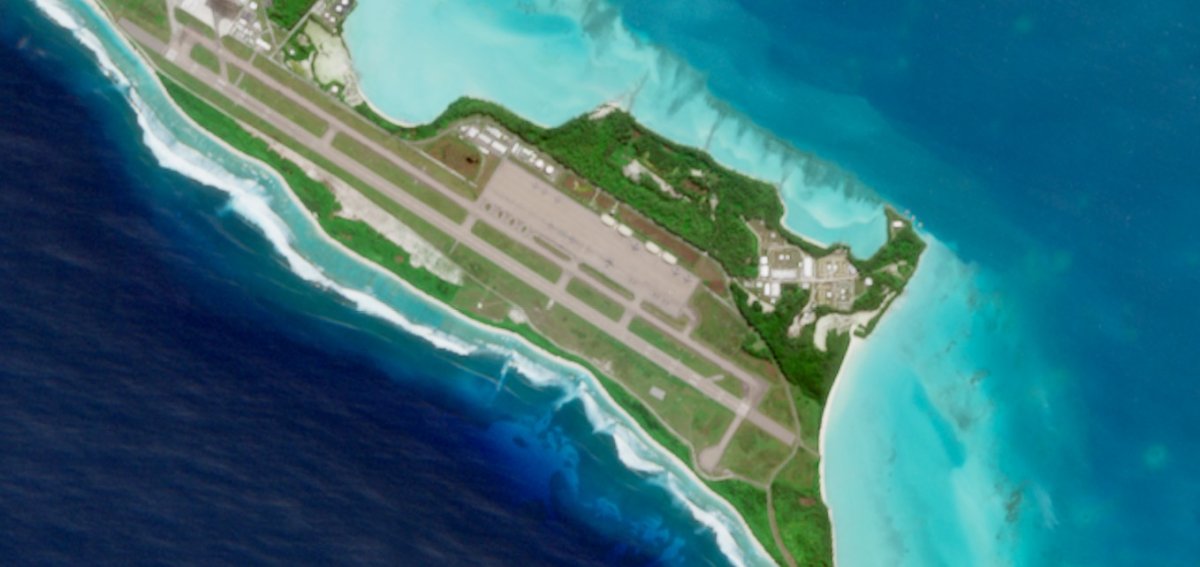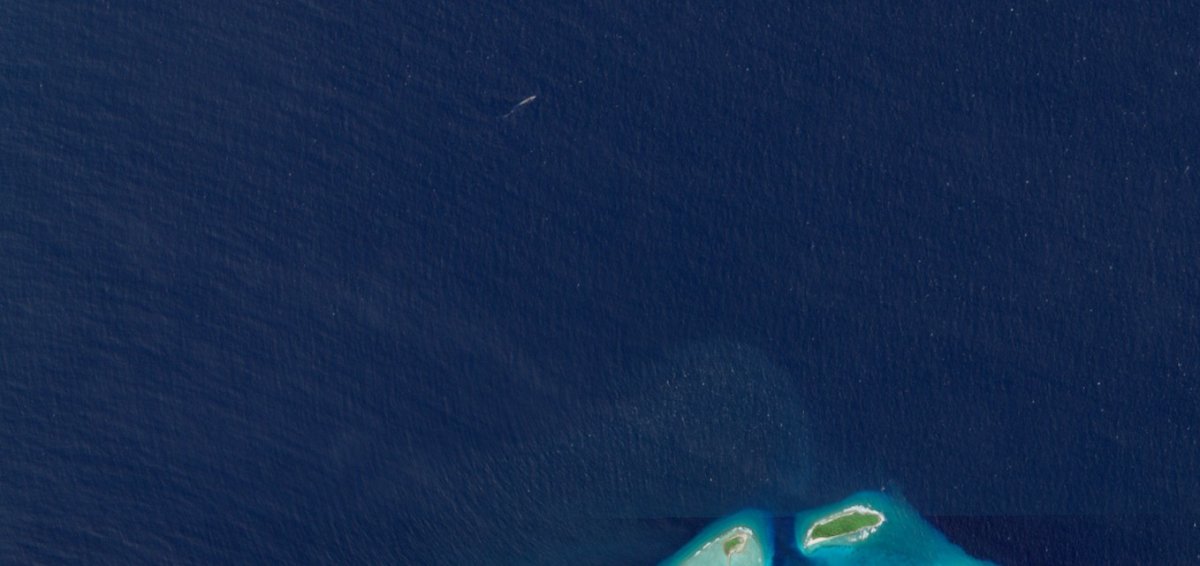-
Ex-Red Sox Superstar Rafael Devers Breaks Silence on Missed Giants 1B Workout - 3 mins ago
-
Lauren James scores to give England a 1-0 lead over Netherlands - 14 mins ago
-
ICC issues arrest warrants for Taliban leaders over persecution of women and girls - 17 mins ago
-
‘Go away!’ SoCal hiker captures scary encounter with mountain lion on video - 21 mins ago
-
Snack Wraps and Spicy McMuffins. How McDonald’s is refreshing its menu to lure back customers - 24 mins ago
-
Bet365 Bonus Code WEEK365: Claim $150 Real Madrid-PSG, MLB, Wimbledon Bonus - 42 mins ago
-
L.A. must remove 9,800 encampments. But are homeless people getting housed? - 60 mins ago
-
Brazil coach Carlo Ancelotti gets one-year jail term in Spain over tax fraud - about 1 hour ago
-
Nvidia becomes first company to surpass $4 trillion in market valuation - about 1 hour ago
-
Israeli strike kills a 5-month-old girl and her parents in Gaza - about 1 hour ago
Update: Satellite Photo Shows U.S. Forces at Key Indian Ocean Base
New satellite imagery showed an Arleigh Burke-class guided-missile destroyer stationed just north of Diego Garcia, the remote Indian Ocean island where the U.S. operates a key military base.
Newsweek has reached out to the U.S. Indo-Pacific Command (INDOPACOM) for comment.
Why It Matters
With a fragile situation in the Middle East, the U.S. is strengtening its military posture in key command areas, deploying warplanes and ships to reinforce deterrence and be preapred for any attack.
The constant reinforcements underscore the base’s strategic role in responding to major threats from Iran, Houthi forces in Yemen, and broader regional instability.
Copernicus/Sentinel Hub
What To Know
New satellite imagery also revealed four B-52 bombers, six KC-135 tankers, and six F-15 fighters, backed by an Arleigh Burke-class destroyer patrolling outside the atoll at the Diego Garcia base, according to open-intelligence analyst MT Anderson on X, formerly Twitter.

Copernicus/Sentinel Hub
Guided-missile destroyers are multi-mission warships equipped with advanced radar, long-range missiles, naval guns, and anti-submarine systems, designed to carry out both offensive and defensive missions—either independently or as part of a carrier strike group.

Copernicus/Sentinel Hub
The U.S. gains a major military advantage in the Indo-Pacific from Diego Garcia’s location, about 2,200 miles from Iran and 3,000 from southern China. The base gives both the U.S. and Britain access to key capabilities — some secret — like an airfield, deep-water port, global GPS support, space tracking, and tools for monitoring nuclear activity.
In the Middle East, aircraft carriers USS Nimitz and USS Carl Vinson (CVN 70) are operating in the U.S. Central Command area of responsibility, where the Yemeni Houthis continue to pose threats to maritime navigation.
The Iranian-backed rebels, undeterred by heavy U.S. airstrikes earlier this year, have attacked a commercial vessel in the Red Sea for the first time since December, raising the prospect of renewed military conflict.
The Houthis say they are acting in solidarity with Gaza as Israel wages war on Hamas there.
What People Are Saying
U.S. President Donald Trump, quoted by The Hill: “I will tell you that in my view, I hope it’s over. I think Iran wants to meet. I think they want to make peace and I’m all for it. Now, if that’s not the case, we are ready, willing, and able.”
Major General Abdolrahim Mousavi, Iran’s Army Chief of Staff, as quoted by IRNA: “In the event of any evil act from the enemies, our response will be more crushing than before.”
What Happens Next
The fragility of the situation in the Middle East means that U.S. forces could be called into action at any time on numerous fronts.
Source link































